Using clear aligners and a fixed appliance for dual-arch treatment
Featured Products Promotional FeaturesPosted by: Dental Design 25th September 2020

A case study by Dr Ivan Yanchev
A 62-year-old female patient (my dental nurse) presented with concerns about the alignment of her lower anterior teeth. The position of the teeth had become worse over time and she sought a solution.
Assessment
During the initial consultation, the patient revealed that she had undergone orthodontic treatment as an adolescent. She had also received some functional appliances in an attempt to correct the UR2/LR2 crossbite. No previous treatment had been performed on the lower teeth.
The patient was a healthy individual with a clear medical history, though she was an occasional smoker. As a dental nurse, she attended regular dental check-ups and demonstrated good oral hygiene – as would be expected. The comprehensive intraoral examination (Table 1) revealed healthy mucosa, no or minor caries activity and no gum disease. The amount of tooth wear present seemed to be normal for someone in her age group. The patient did advise of some clenching and grinding at night, but her TMD appeared to be stable.
Table 1:
| Skeletal | Class I | |
| FMPA | Average | |
| Lower Face Height | Average | |
| Facial Asymmetry | None | |
| Soft tissues | Low lip line | |
| Overjet | 1mm | |
| Overbite | 30% overlap of the incisors | |
| Crossbite | 12/43 | |
| Displacement on closure | None | |
| Incisor Relationship | Class I | |
| Molar relationship | Right: Class I | Left: Class I |
| Canine Relationship | Right: Class III ¾ unit | Left: Class I |
| Teeth Present | 765321 | 123567 |
| 765321 | 123567 | |
| Centrelines | Lower deviated 1.5mm to the right | |
Treatment planning
Full clinical photographs were taken, while the Spacewize™+ space calculation tool was used to estimate the crowding present and confirm suitability for treatment. It suggested that 0.8mm of crowding was present in the upper arch and 2.1mm in the lower arch. The images, a bitewing and Spacewise™+ results were uploaded to the IAS forum to seek guidance from the instructors.
I was made aware that this would be a tricky case due to the moderate crowding – standard protocols may need to be supplemented with extraction. In the end, we decided that ClearSmile Aligners would be suitable for the upper arch and a ClearSmile Brace could be the best treatment option for the lower arch. A follow-up Archwise™ analysis showed that the case was possible to treat in this way and I discussed the treatment proposal with the patient. We covered all the possible complications, advantages and disadvantages of treatment and she provided consent to proceed (Table 2). The treatment plan was to use ClearSmile Aligners to slightly rotate the UL4 and UL5 buccaly, and to rotate the UL3 palatally. A ClearSmile Brace would simultaneously be fitted to align the lower arch.
Table 2:
| Problem List |
| Overbite
Crossbite of the 12/43 Class III canine relationship on the right-hand side Anterior crowding in the upper and lower arch
|
| Ideal Treatment – Aims: |
| Correct Class III canine relationship on the right
Correct the midline displacement Correct the crossbite UR2/UL2
|
| Compromised Treatment 1 – Aims: |
| Accept the Class III canine relationship
Accept midline displacement Focus on improving anterior crowding Correct the crossbite at UR2/UL2
|
Impressions were taken and the appliances were ordered from the IAS Laboratory. The patient decided to begin treatment immediately after the summer holidays.
Treatment
Alignment of the upper arch with ClearSmile Aligners went as planned, with the patient using 10 aligners over 8 eight weeks. Impressions were then taken and a fixed retainer was fitted.
The ClearSmile Brace was bonded-up at the same time as the first clear aligner was provided. During treatment, there was some interference from the anterior teeth and premolars in the upper jaw on the lower brackets – mostly concerning the LR1, LL1, LL2 and LL3. Composite bumpers were placed on the brackets, but after continual debonding, composite was placed on the lower 7s instead.
Once the desired alignment had been achieved, the brackets were debonded and impressions were taken and sent to the lab for a lower Essix retainer and for three finishing aligners. Around six weeks after these were fitted, final impressions were taken for the whitening trays and a bonded retainer was fitted.
The patient used an at-home Opalescense 16% tooth whitening solution (Ultredent, USA) for 2 hours each night over 2 weeks. Following the ABB (Align, Bleach and Bond) concept, composite edge bonding was later provided to build up the upper and lower 3-3. This was performed freehand using Enamel puss composite (HFO).
During review appointments, the composite build-ups on the lower 7s were reduced to create a more sable occlusion. Strong contact points were established on the canines and shallower contact on the incisors. Over eruption of premolars due to the Dahl effect had caused fine occlusion in the premolars.
Once the occlusion was stable, a bonded retainer was placed on the lower teeth. The patient was delighted with the outcome.
Case appraisal
This case was slightly challenging due to the crossbite and heavy crowding in the lower jaw. From the case records, you may see that the lower crowding was on the boundary of what can safely be treated using IAS Academy protocols. We treated the upper jaw first in order to release the crossbite and allow us to work with the lower teeth freely. Some of the interferences during the initial part of treatment caused debonding, several times, but the composite anchors helped.
Images
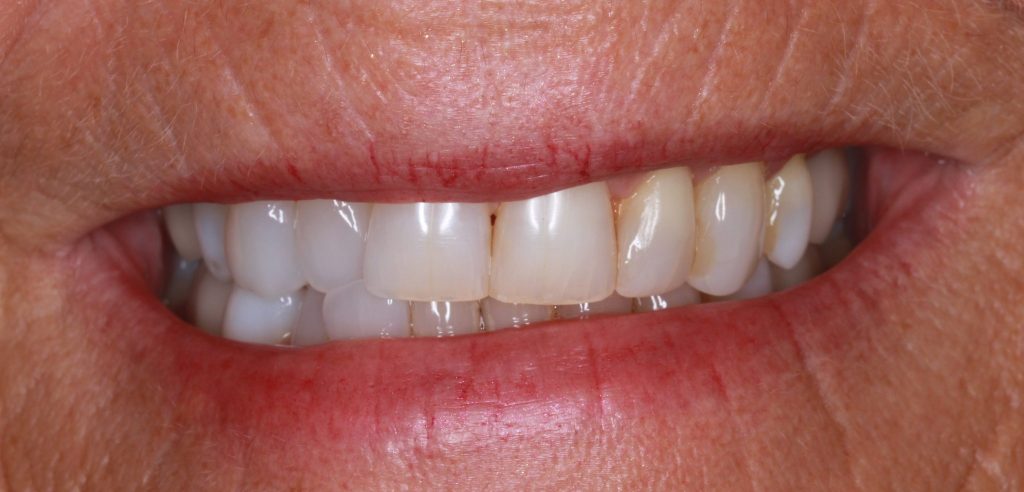
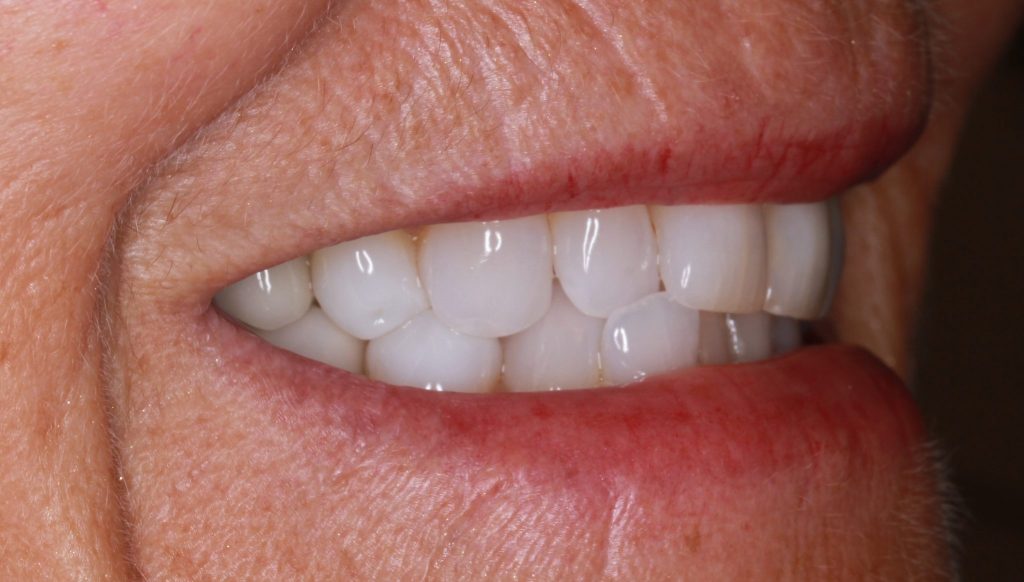
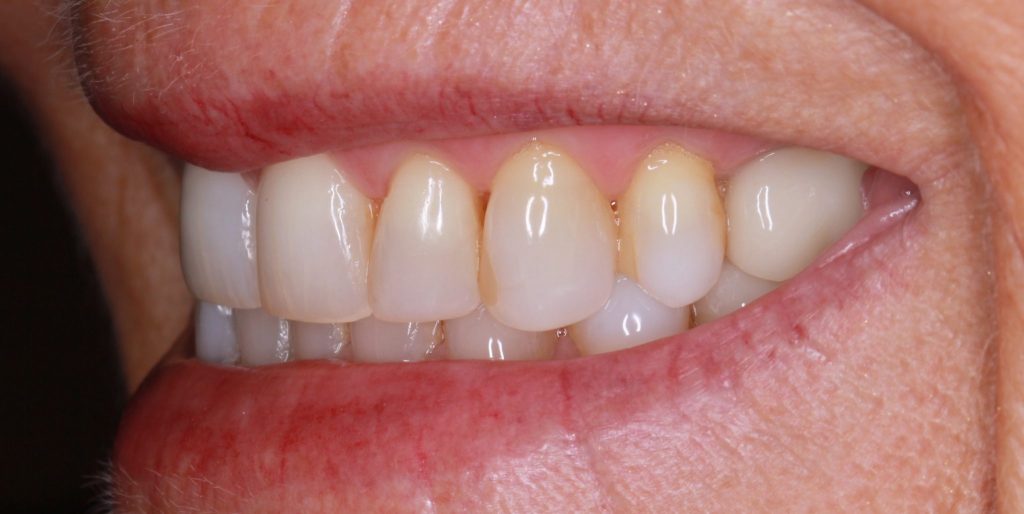
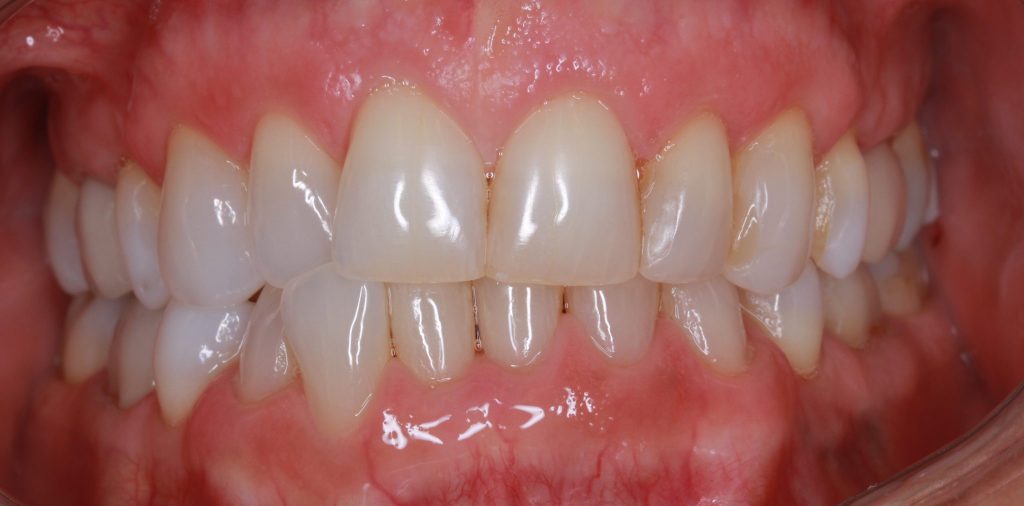
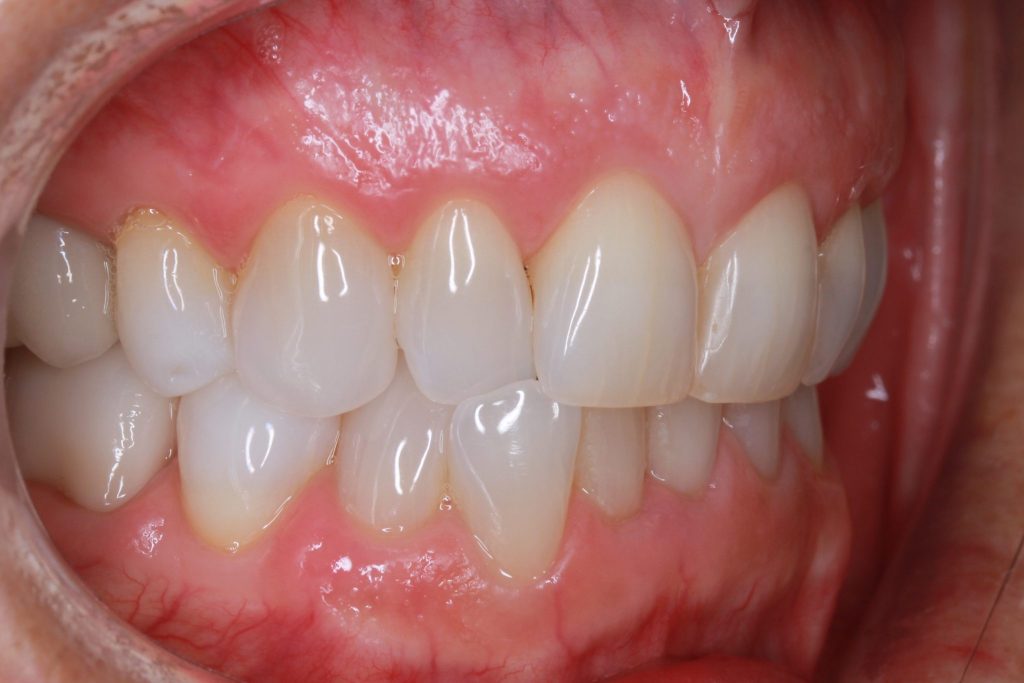
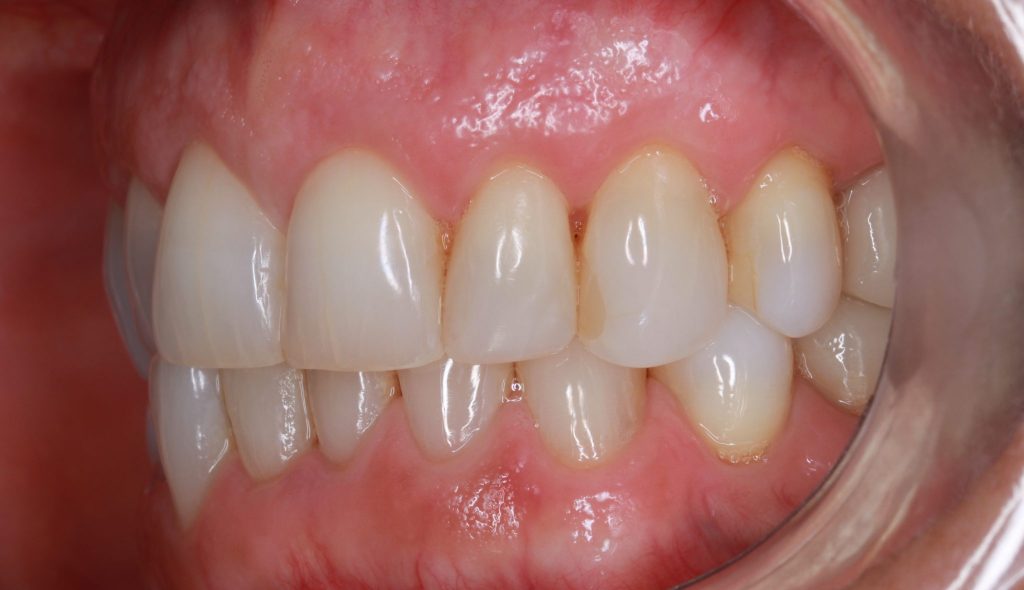
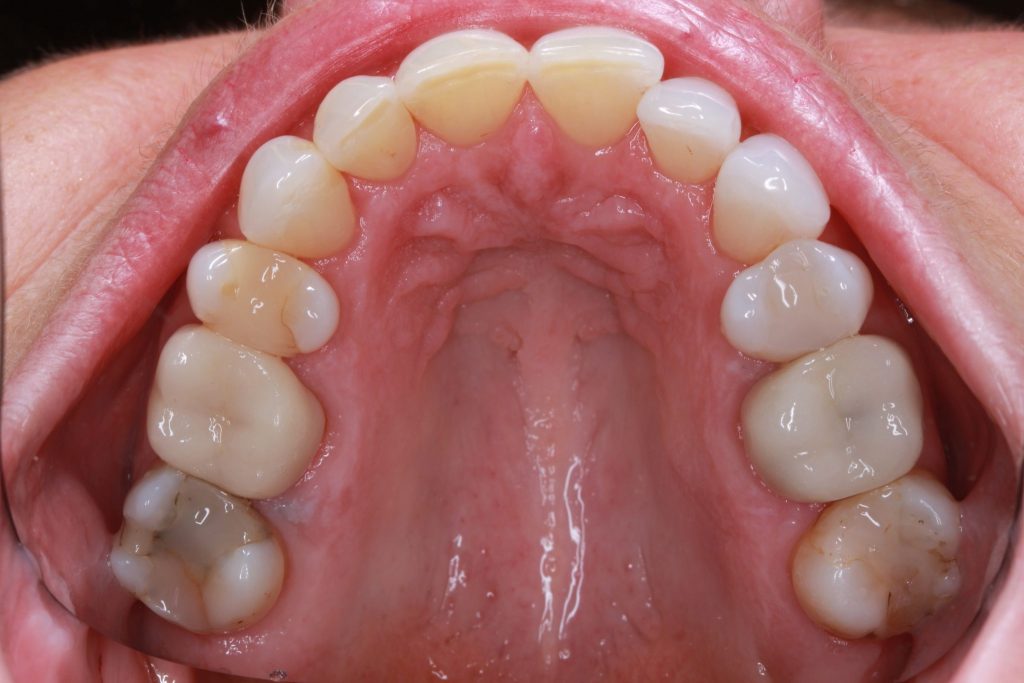
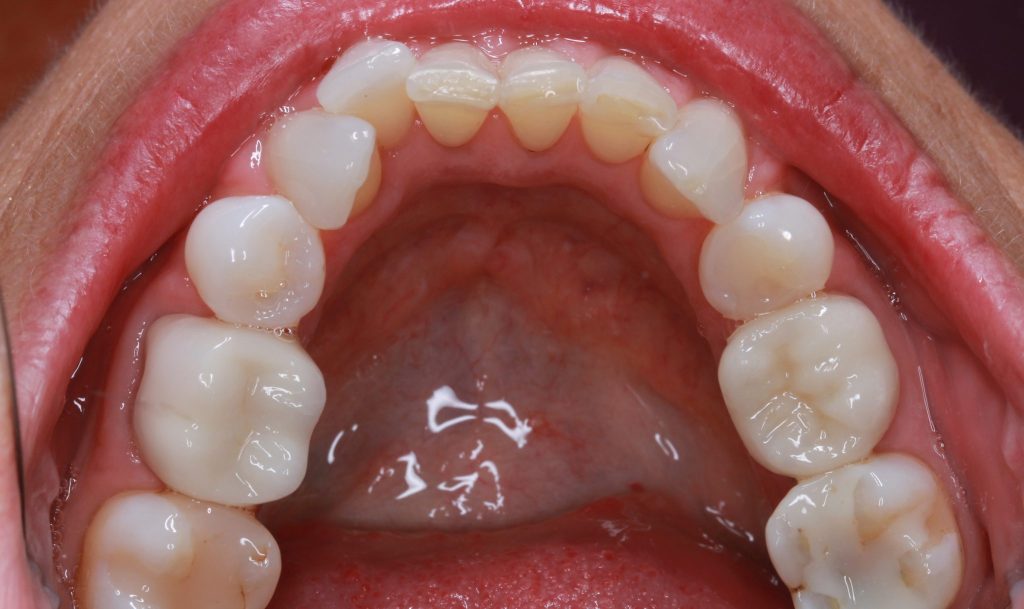



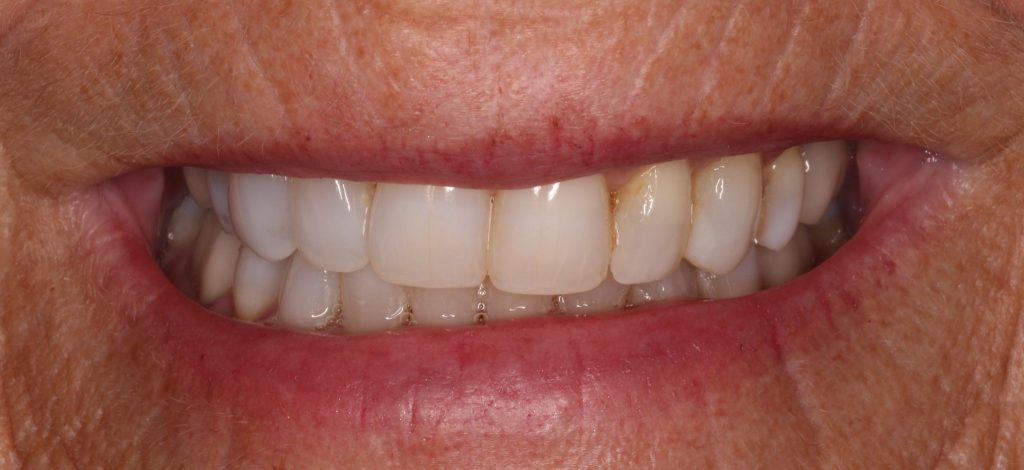
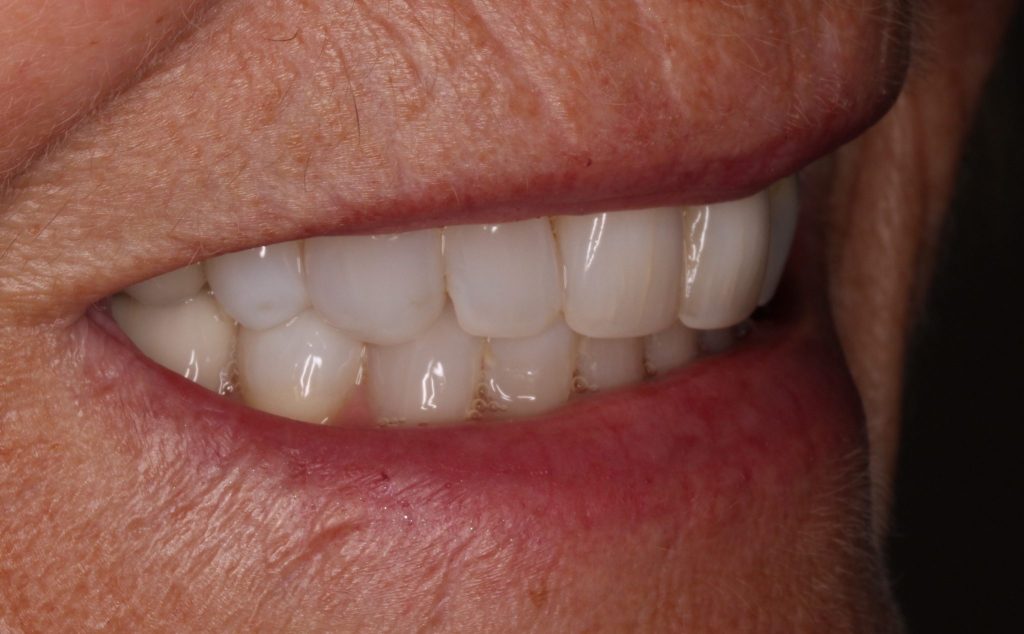
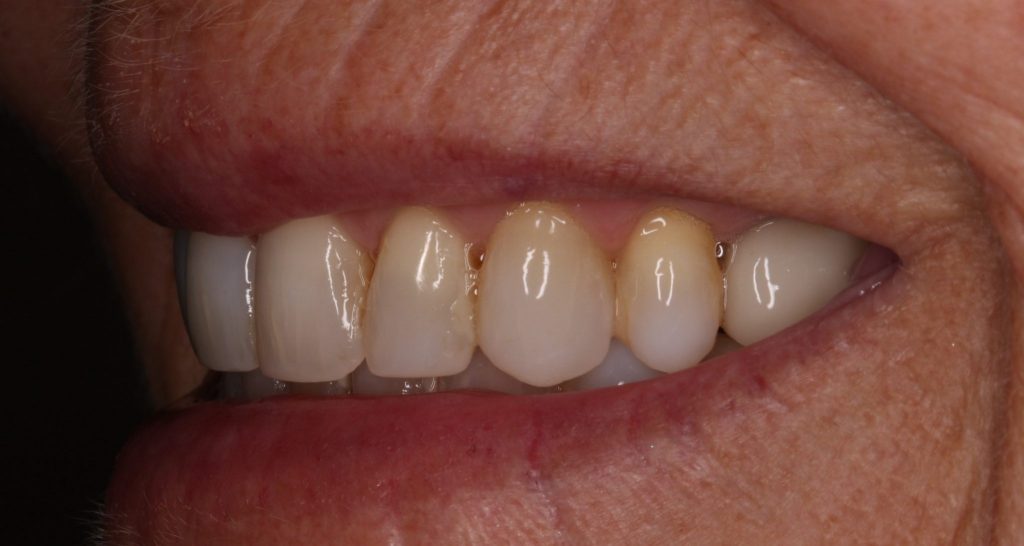


For more information on upcoming IAS Academy training courses, including those for the Inman Aligner and Aligner system, please visit www.iasortho.com or call 01932 336470 (Press 1)
Author bio:
Dr Ivan Yanchev is a dentist practising in Norway. He graduated from the Medical University of Sofia, Bulgaria in 1997 and gained his Masters in Dentistry in 2005. He has also completed various postgraduate education in implant prosthetics, as well as several resto-orthodontic courses presented by IAS Academy.










